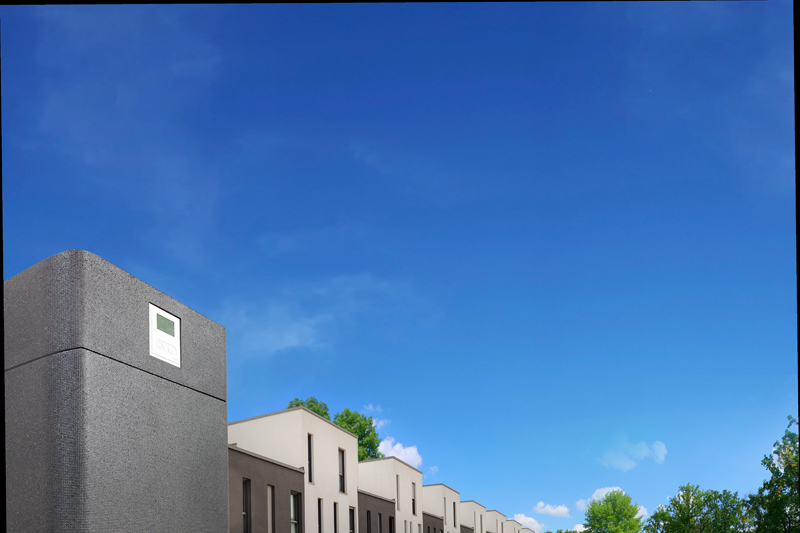
District heating is becoming an ever more popular and efficient solution to heating in residential and commercial developments. However, with these new changes comes the need for heating engineers to educate themselves on the installation, operation and capabilities of such systems. Here, Jonathan Moran, Business Development Manager at Warmafloor, provides the lowdown on all things district heating.
The value of the district heating market is currently estimated to be in the region of £70 million, with 55,000 units being installed per year in the UK. However, with gas boilers being banned in new homes from 2025 in a bid to tackle emissions, the Government has identified that the economic potential of district heating could provide up to 14% of heat demand by 2030, compared to 2% at present. The Department of Energy and Climate Change also stated in a recent infrastructure investment report that heat networks are now recognised as the UK’s third major energy network.
What is district heating?
An alternative to traditional gas boilers, district heating provides a communal solution to heating. Most commonly used in high-rise apartment blocks, a centralised boiler and heat pump distributes heat through underground pipework into multiple dwellings at once. The heat source is then distributed via individual heat interface units (HIUs) located within each home.
Although the infrastructure is seemingly more complicated than traditional gas boilers, having to lay pipework connecting the developments to the centralised boiler, the installation process is simple. As no gas is present, there are no requirements for heating installers to have gas safety checks, meaning plumbers can be trained to install these units – a great bonus given the increasing numbers of homes that will undoubtably need to use district heating in the future.
How is it different to traditional heating?
There are two major differences between traditional gas boilers and district heating: efficiency and safety. Firstly, distributing heat through large, centralised boilers is always going to be more efficient. With a constant supply of heat, which the user can choose when and when not to use, it is far more cost and energy efficient than heating up smaller tanks throughout the day.
Secondly, district heating provides a safer heating solution for large-scale developments. In high-rise apartment blocks, for example, it would be unadvisable to install individual gas boilers in every property. With no gas supply in the home, district heating dramatically lowers the risk of gas ignition.
A Warmafloor solution
To support the growing district heating industry, we’ve created Calefa, a heat interface unit (HIU). Featuring a four-option control bypass, we believe Calefa is the most efficient unit available on the market – confirmed by independent BESA testing. The system’s ‘keep warm’ function can be set to 24/7, off, schedule mode – where the user sets certain times for it to come on – or auto mode.
When switched to auto mode, the smart system monitors and learns usage patterns in the home, gaining accurate insights after just two weeks. This ensures that hot water will always be quickly available at key usage times, while reducing overall energy consumption.
Having been engineered in collaboration with our parent company, Wavin, the unit can also be linked to our underfloor heating control system, Sentio, allowing for app-based domestic hot water control.
District or electric: options for the future
As the proposed gas ban in 2025 looms closer, it leaves two major options for heating engineers when working on a project: suggest an electric boiler, or opt into a district heating system. However, given the fact that the national grid simply doesn’t have the capability to power every home with an electric boiler, now is the time for professionals across the whole industry to recognise the many benefits of district heating and HIUs and prepare for their implementation.












